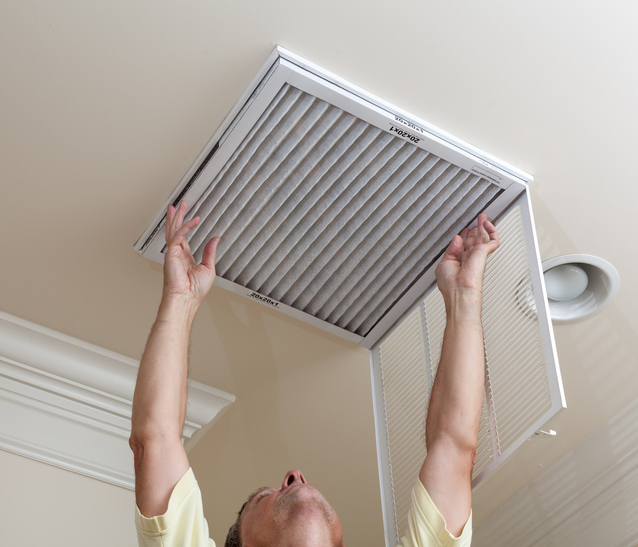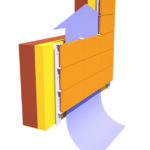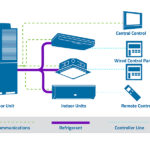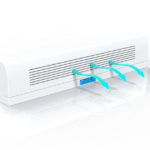 In the coming months your customers will spend more time inside, and indoor air quality (IAQ) will be on their minds. Localized ventilation with outdoor exhaust vents for kitchens and bathrooms is vital to IAQ, but there are other steps your customers can take. Considering electronic air cleaners is one of them.
In the coming months your customers will spend more time inside, and indoor air quality (IAQ) will be on their minds. Localized ventilation with outdoor exhaust vents for kitchens and bathrooms is vital to IAQ, but there are other steps your customers can take. Considering electronic air cleaners is one of them.
Electronic air cleaners (EACs) are very efficient and work well on particles of .01 microns to 1.0 microns. While they are excellent at removing fine particulate matter from the air, they have their drawbacks and may not be the right fit for your customers.
EACs, also called electrostatic precipitators, clean the air by ionizing or giving contaminants an electric charge. The first electrostatic precipitator, called the Precipitron, was made in 1935 and was commonly used in homes, hospitals, and factories by the 1940s.
Types of electronic air cleaners
Two-stage EACs consist of a charging section, and a collection section. In the charging section, ionizer wires positively charge smoke, fumes and dust particles. The air and particles then pass through to the collection section where the charged particles are collected on a series of metal plates.
In a three-stage EAC, the air passes first through a prefilter that captures large particles of dirt, lint, and hair before it goes through the charging and collection stages as outlined in the two-stage system above.
In a four-stage EAC, the air passes through a final set of carbon, odor, gas, and volatile organic compound filters.
If you read negative reviews about electronic filters not removing large particles from the air, the opinion likely refers to two-stage electrostatic precipitators. The prefilter in the three-stage system and the final set of filters in the four-stage system are mechanical filters that capture contaminants on the material of the filter. High-quality EACs use a combination of electrostatic and mechanical filtration.
Four-stage electrostatic cleaners are the most effective. Three-stage systems should be the minimum for any building with heavy HVAC use, particularly air conditioning use, as larger particles can get into the air conditioner coils and attract bacteria, which will cause the entire building to smell bad.
Washable filters
One of the benefits of washable filters is periodic cleaning. This is an appealing feature as it means customers aren’t sending filters to the landfill every month.
The filters can be put in a dishwasher or washed by hand with warm water and a mild detergent. They must be air dried, and the drying feature on a dishwasher must never be used.
While manufacturers advise cleaning anywhere from two to four times a year, EAC filters may be more efficient with more frequent washing. In fact, a Canadian Mortgage and Housing Corporation report suggested filters may need to be washed weekly to ensure optimal performance.
It’s very important to make sure the cartridges are set properly after washing. Incorrect placement of the components can reduce the filtration efficiency by as much as 40%.
The ozone issue
One of the concerns with electronic air cleaners is that they add ozone to the air. It’s normal for ozone to be found in the air we breathe, both indoors and outdoors, but in concentrations of 82 ppb (parts per billion), it’s considered detrimental to the lungs. Studies have found that EACs increase the ozone concentration by as much as 10 ppb.
Most EAC manufacturers take measures to reduce the introduction of ozone into the air, but gas concentration is increased when filters are not cleaned regularly and when cartridges are not properly replaced.
If your customers are likely to clean their filters regularly and they have air quality concerns, an EAC might be a good option. But if they are not going to keep up with the maintenance, an EAC could have detrimental effects on the air quality in their home. Make sure they understand this before making a final decision.



